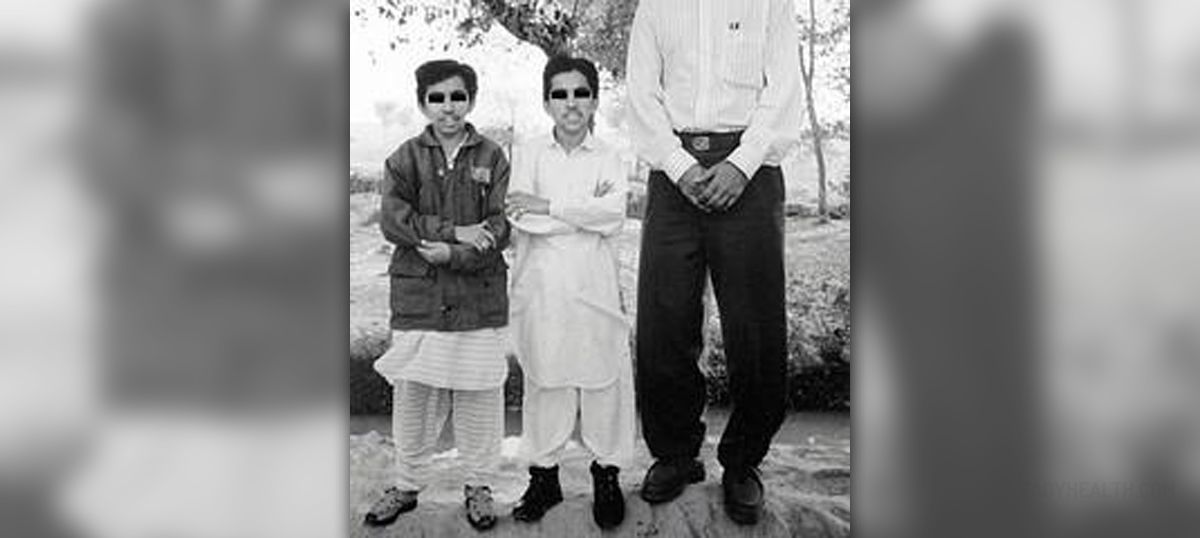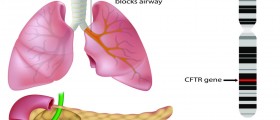
People who suffer from dwarfism have an abnormally short stature. This condition is most commonly triggered by genetic factors, even though poor nutrition during the earliest stages of a baby's life can lead to some forms of dwarfism too. Either way, living with dwarfism can be hard, especially when it comes to the health problems which go hand-in-hand with this condition and the social stigma that the affected people have to face.
However, through proper medical support and adequate lifestyles, people with dwarfism can lead creative, productive and happy lives.
Dwarfism in Children
People who suffer with dwarfism can be referred to as “little people” or “persons of short stature”. However, “midget” or “dwarf” are expressions which are not socially acceptable due to the fact that these are considered offensive.
More than 300 different conditions have been related to dwarfism in children. As it was mentioned above, most of these are related to spontaneous genetic changes which affect the egg or the sperm, leading to mutations which take place before the conception itself. Furthermore, dwarfism is commonly inherited from parents who carry the same faulty gene. Yet, two parents of short stature can have a normal-sized baby while normal-sized parents can have a baby with dwarfism too.
The reasons behind the occurrence of the genetic mutations are yet to be discovered. Therefore, this condition cannot be prevented, as far as most of its causes are considered.
Some other frequent triggers of dwarfism in children are pituitary gland problems, chromosomal abnormalities, absorptive issues and kidney disease. All of these can lead to bodily malformations which can turn into dwarfism, preventing the child to grow at a normal rate.
Speaking of the types of this disorder, there are several variants of dwarfism that a child can be born with. Most common types are those which involve skeletal problems, manifesting through abnormal bone growth, resulting either in short trunks or short limbs of the people with dwarfism.
The most frequently appearing form of dwarfism that a vast majority of children get born with is achondroplasia, appearing in 1 in every 15 to 40 thousand children born in the world, regardless of their ethnic background or geographic location. This genetic condition is related to a mutation affecting the FGFR3 gene, usually inherited from the father.
Children who suffer from achondroplasia have longer trunks and shorter arms and legs. Not always, but frequently nevertheless, these children have more prominent foreheads than normal, flat noses and short hands and fingers, along with reduced muscle tone.
Every 100,000th child in the world is born with a condition called diastrophic dysplasia. Apart from having short legs and arms, people with this form of dwarfism have cleft palates, clubfeet and certain ear deformations.
If the dwarfism is triggered by some metabolic or hormonal disorders, the affected children usually preserve normal body shape and proportions. Unfortunately, they remain short in stature, rarely being taller than 4 feet.
Finally, while skeletal dwarfisms cannot be cured or reversed, hormonal and metabolic ones can be prevented through early intervention and hormone replacement therapies. Also, medical assistance is usually needed throughout the lives of these children, especially if they suffer from dwarfism which is triggered by genetic factors, since vision and hearing impairments, along with various other problems are known to appear later in their lives.
Old Age with Dwarfism
Apart from enduring all the hardships related to dwarfism during life, this condition can lead to some other things in the lives of those who were born with it. Namely, certain researchers have shown that people with dwarfism are less prone to suffering from cancer or diabetes later in life.
In fact, people who develop dwarfism due to the mutations in the GHR gene almost never suffer from diabetes and cancer. In a study, carried out by the Institute of Endocrinology in Ecuador, out of 99 people involved in the procedure, only 1 died of cancer.
However, while test lab mice dwarfs lived 50% longer lives than their normal relatives, with humans this is not the case and adults with dwarfism usually live lives which are as equally long as those of all other people.
Nevertheless, some researches showed results which beg to differ, leading to claims and proof that people with dwarfism have better protected cells and DNA, resulting in a prolongation of life in people who suffer from this genetic disorder. Also, the very fact that people with genetic dwarfism rarely develop cancer and diabetes contributes to the length of their lives, when compared to other human individuals.
To sum up, dwarfism is a genetic, metabolic or hormonal health problem which appears congenitally or during early childhood, resulting in an abnormally short stature and numerous other health problems. On the other hand, certain medical researches have shown that people with genetically-caused dwarfism may live longer than other people since their organisms protect themselves better from certain diseases.

















Your thoughts on this
Loading...